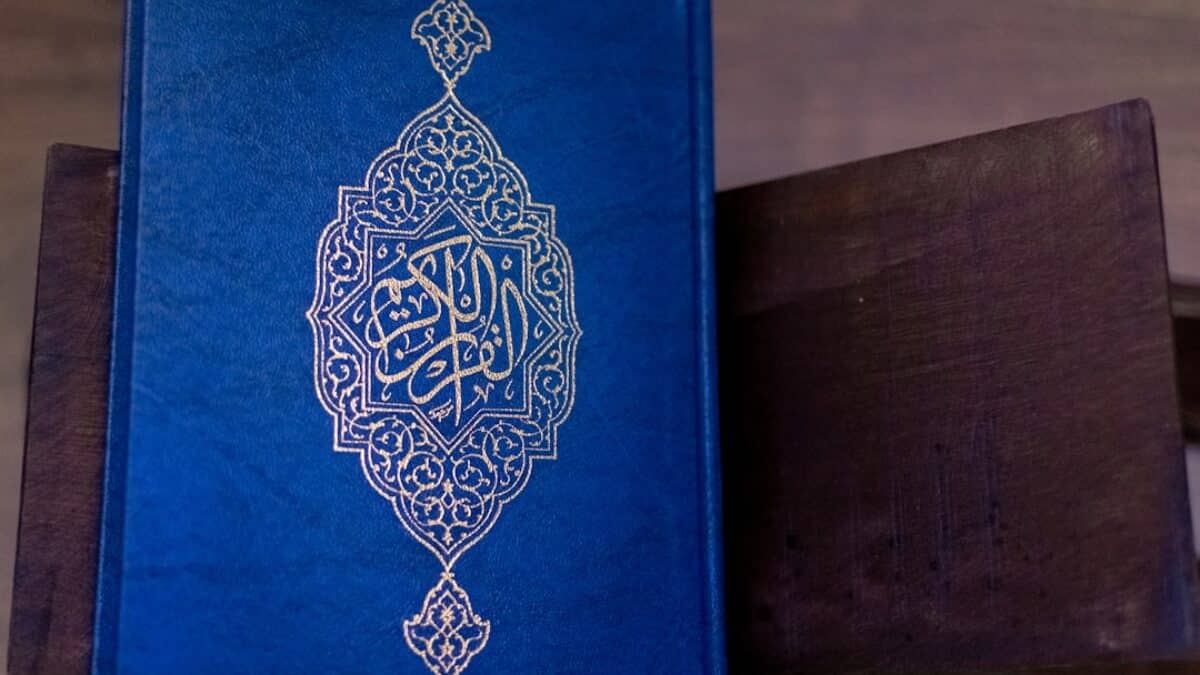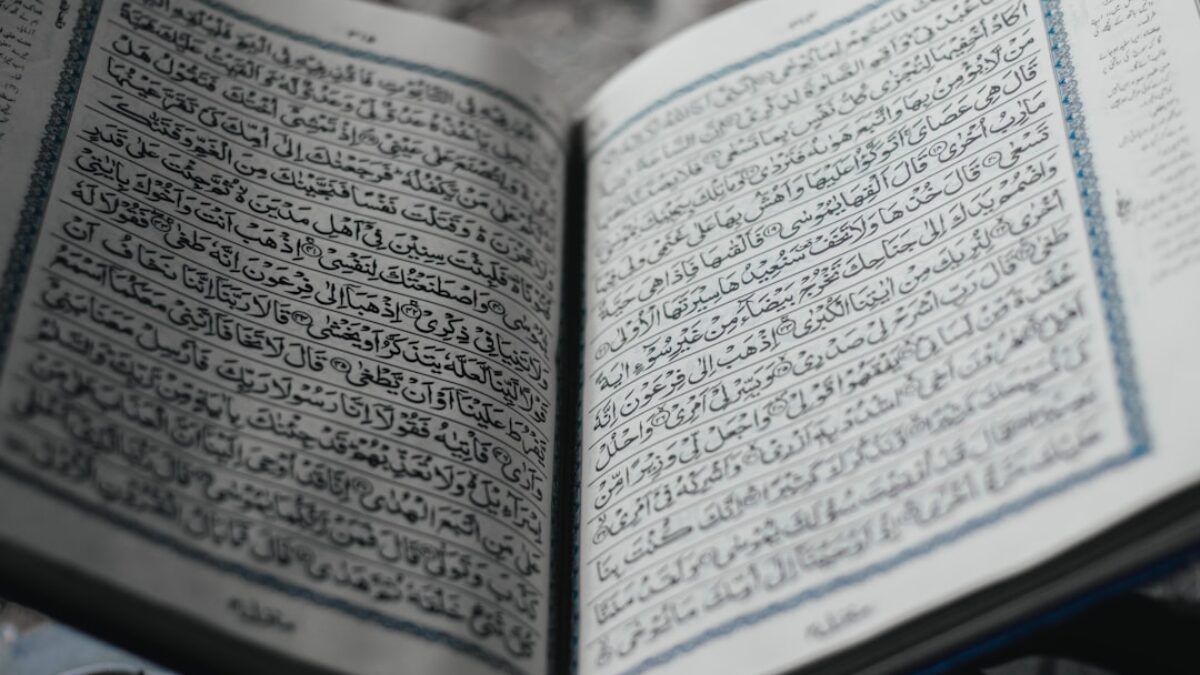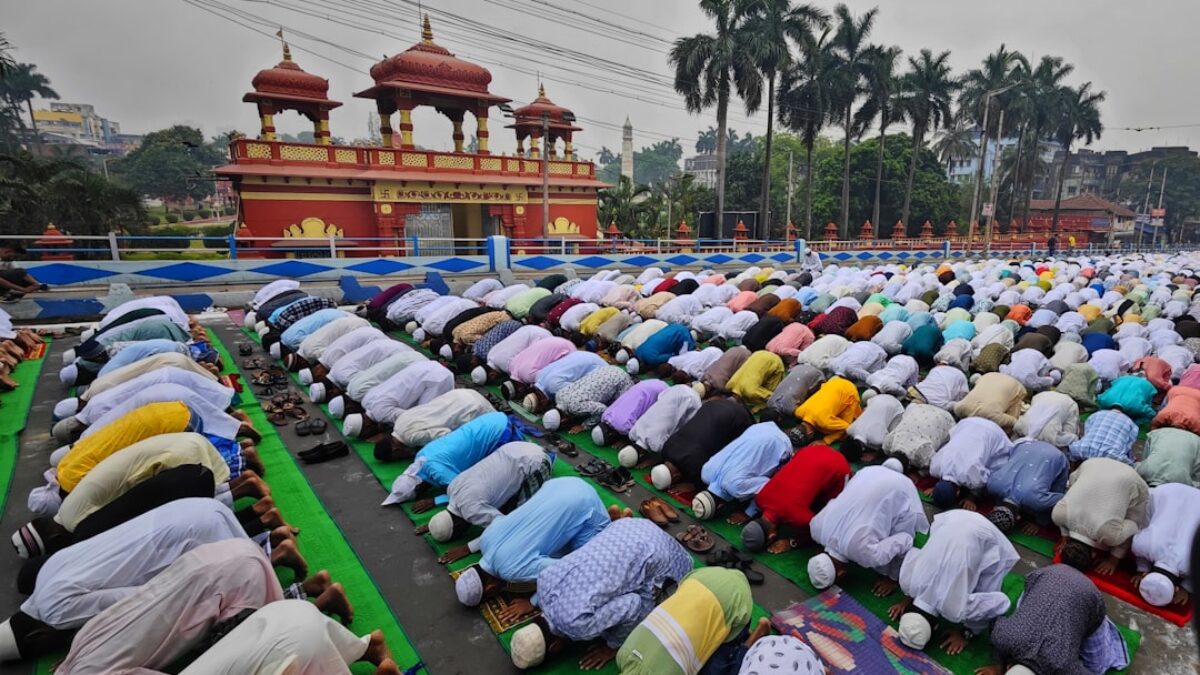The rhythm of the Islamic day is not dictated by clocks alone, but by the gentle arch of the sun and the steady rise of twilight. Five times each day, from Jakarta to Johannesburg, Muslims pause to face the Ka‘bah in Makkah, entering a sacred appointment with their Creator. These moments—known as Salah times—form the spiritual spine of a believer’s life. Yet for many, questions linger: How are the times calculated? Do schedules vary if one lives above the Arctic Circle? How does a traveler shorten or combine prayers without losing the essence of the act? This guide delivers exact, evidence-based prayer timetables alongside the timeless spiritual wisdom that gives those numbers their soul.
Understanding Salah Times
Salah times are not arbitrary. They are explicitly mentioned in the Qur’an and meticulously detailed in the Sunnah. The Prophet ﷺ said, “The most beloved of deeds to Allah are those that are consistent, even if they are small.” Consistency depends on clarity, and clarity begins with understanding the astronomical and juristic foundations that define each prayer window.
The Five Fard Prayers and Their Names
- Fajr – begins at true dawn and ends at sunrise.
- Dhuhr – begins after the sun passes its zenith and ends when an object’s shadow equals its length (plus the shadow at zenith).
- ‘Asr – has two schools: the earlier end time (shadow ×1) or the later end time (shadow ×2); both end at sunset.
- Maghrib – begins immediately after sunset and ends when red twilight disappears.
- ‘Isha – begins after red twilight vanishes and ends at the middle of the night (preferred) or true dawn (permitted).
Factors Affecting Prayer Schedules Worldwide
Because the earth tilts and orbits, prayer times shift daily and geographically. Three primary variables shape local timetables:
- Latitude: Higher latitudes experience dramatic seasonal swings in daylight.
- Longitude: Determines where a location sits within its time zone, creating an offset from standard clock time.
- Calculation Method: Organizations like the Islamic Society of North America (ISNA), Umm al-Qura (Makkah), and the Muslim World League (MWL) use slightly different twilight angles (18°, 15°, or 12°) for Fajr and ‘Isha.
Key Components of Exact Prayer Schedules
The Astronomical Basis
Modern timetables are generated by algorithms that compute the solar elevation angle—the angle between the horizon and the center of the sun. When the sun reaches the predefined angle for Fajr (usually -18°), the call to prayer is triggered. The same principle applies for ‘Isha, while Dhuhr is calculated at 0° (zenith) plus a one-to-four-minute correction factor to ensure the sun has truly begun its descent.
Calculation Methods and Schools of Thought
Not all mosques follow the same convention; travelers often notice subtle shifts. Below is a concise comparison:
| Method | Fajr Angle | ‘Isha Angle | Primary Regions |
|---|---|---|---|
| Muslim World League (MWL) | 18° | 17° | Europe, Africa, parts of Asia |
| Islamic Society of North America (ISNA) | 15° | 15° | USA, Canada |
| Umm al-Qura (Makkah) | 18.5° | 90 min after Maghrib | Saudi Arabia |
| Egyptian General Authority | 19.5° | 17.5° | Egypt, Sudan |
Daylight Saving Time Adjustments
Twice a year, many countries shift clocks forward or back. Most prayer apps auto-adjust, but always verify by comparing the new schedule to the sun’s position. A simple rule: if Maghrib suddenly appears before the timetable, the app may still be on winter time.
Benefits and Importance
Muslims are promised both worldly and otherworldly rewards for maintaining prayer times. These benefits radiate outward, touching every sphere of life.
Spiritual Rewards
- Direct Conversation with Allah: The Prophet ﷺ described prayer as the “coolness of my eyes.” Each prostration is a renewal of the covenant between servant and Lord.
- Protection From Sin: Salah acts as a shield. Abu Hurayrah narrated that if a person performs wudū’ well and prays on time, the prayer rises as a brilliant light, seeking forgiveness for its owner until the next prayer.
- Intercession on Judgment Day: The five daily prayers will plead for the believer, saying, “O Allah, protect the one who guarded us.”
Psychological and Social Benefits
- Mindfulness & Stress Reduction: Neuropsychological studies in Journal of Religion & Health show that regular ritual prayer lowers cortisol levels and improves emotional regulation.
- Temporal Structure: For freelancers, parents, and students, Salah times carve five micro-breaks that boost productivity rather than hinder it.
- Community Cohesion: Congregational prayers foster a sense of umuwwah that transcends ethnicity and social class.
Physical Health Advantages
The movements of Salah—standing, bowing, prostrating—mirror yoga-like stretches that enhance blood circulation and spinal alignment. A 2016 study in the International Journal of Medical Research found that elderly Muslims who maintained regular prayer had 30% better balance scores than non-practicing peers.
Practical Applications
How to Find Accurate Salah Times Anywhere
Step-by-Step Process
- Identify Your Coordinates: Use GPS or Google Maps. Note latitude and longitude to three decimals.
- Select a Reputable Source: IslamicFinder, Muslim Pro, and AlAdhan.com all allow users to choose calculation methods.
- Cross-Check Mosques Locally: Even a one-minute difference between the app and the mosque can create confusion. Ask the imam which parameters they use.
- Adjust for High Latitudes: If Fajr or ‘Isha times collapse or disappear (common above 48° N/S), adopt Aqrab al-Ayyām (nearest day), Nisful-Layl (midnight division), or follow the timings of the nearest Muslim-majority city.
Using Technology Wisely
Smartphone notifications are a double-edged sword. To avoid “notification fatigue,” set only the Fajr alarm and rely on community reminders for remaining prayers. Alternatively, use smartwatches that vibrate gently—ideal for open-plan offices.
Traveling: Combining and Shortening (Qasr & Jam‘)
- Qasr (Shortening): On a journey of approximately 80 km or more, Dhuhr, ‘Asr, and ‘Isha are shortened to two rak‘ahs each.
- Jam‘ al-Taqdīm (Combining in Advance): A traveler may combine Dhuhr with ‘Asr at Dhuhr time, or Maghrib with ‘Isha at Maghrib time.
- Jam‘ al-Ta’khīr (Combining Later): Delay one prayer to the time of the next, provided the first prayer’s window has not ended.
Sample Itinerary: A Business Trip from London to Dubai
Departure: 08:00 GMT, arrival: 19:05 Gulf Time. The traveler performs Fajr at the airport, boards the plane at Dhuhr time, and lands at Maghrib. Since the elapsed air time is ~7 hours (well above the qasr threshold), the traveler shortens Dhuhr to two rak‘ahs on the plane and combines Maghrib with ‘Isha upon arrival in the hotel.
Ramadan Considerations
During fasting, the gap between Fajr (when eating must stop) and sunrise can be as short as 30 minutes in northern summers. Use the 18° twilight angle to avoid premature suḥūr endings. Many mosques in Oslo and Toronto now publish “Ramadan safety tables” that add a 3-minute buffer to ensure no fast is accidentally invalidated.
Frequently Asked Questions
What Happens If I Miss a Salah Time?
Islamic law categorizes missed prayers into qadā’ (make-up) and ṣalāt al-fawt (the “missed” prayer). If you oversleep for Fajr, you must pray it as soon as you wake. However, deliberate procrastination until the window has closed is sinful and requires sincere tawbah along with the make-up prayer. The Prophet ﷺ warned, “Whoever forgets a prayer or sleeps through it, its expiation is to pray it when he remembers it.”
Are Prayer Times Identical for Sunni and Shia Muslims?
Core times are the same, but slight differences exist. Shia jurists often set Maghrib’s end at the disappearance of white twilight (about 15 minutes later than red twilight), and they may begin ‘Asr when the shadow is twice an object’s length. Smartphone apps like Shia Companion allow users to toggle between jurisprudential schools.
How Do Muslims Near the Poles Pray When There’s No Night?
In the continuous daylight of Arctic summers, scholars prescribe three main methods:
- Follow Makkah: Use Mecca’s timetable regardless of local conditions.
- Nearest Moderate City: Adopt the schedule of a city at 45° N (e.g., Lyon or Portland).
- Nisful-Layl: Divide the 24-hour period into logical prayer windows (e.g., 1.5–2 hrs each).
Consensus varies, so local Islamic councils usually publish annual guidelines.
Can I Rely on Smart Speakers for Adhā?
Devices such as Alexa and Google Home can announce adhābased on linked apps. Ensure the speaker’s location is accurate to the street level; a wrong postcode can shift times by several minutes. For bedrooms, use “Do Not Disturb” mode to prevent Maghrib adhāfrom interrupting a toddler’s bedtime routine.
Why Do Some Apps Show Different Times for the Same City?
Variations arise from:
- Different twilight angles (15° vs 18°).
- Asr calculation (Hanafi vs Shafi‘i).
- Approximations in rounding minutes.
Always check the settings menu and align with your local mosque’s methodology for consistency.
Is It Better to Pray Alone on Time or Wait for the Congregation?
Primary rule: pray on time. Joining the congregation is mustaḥabb (recommended) but not if it risks missing the prayer window. The Prophet ﷺ advised, “The best prayer of a man is in his house, except the prescribed prayers.” Yet in Ramadan, the tarāwīḥ prayer is uniquely communal and should be sought.
How Can Children Be Taught to Love Salah Times?
Three practical steps:
Create a visual timetable with stickers; let children mark off each prayer. Family mini-adhācompetition
























Post Comment